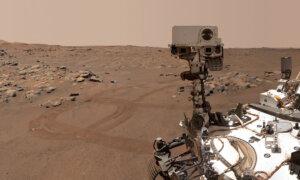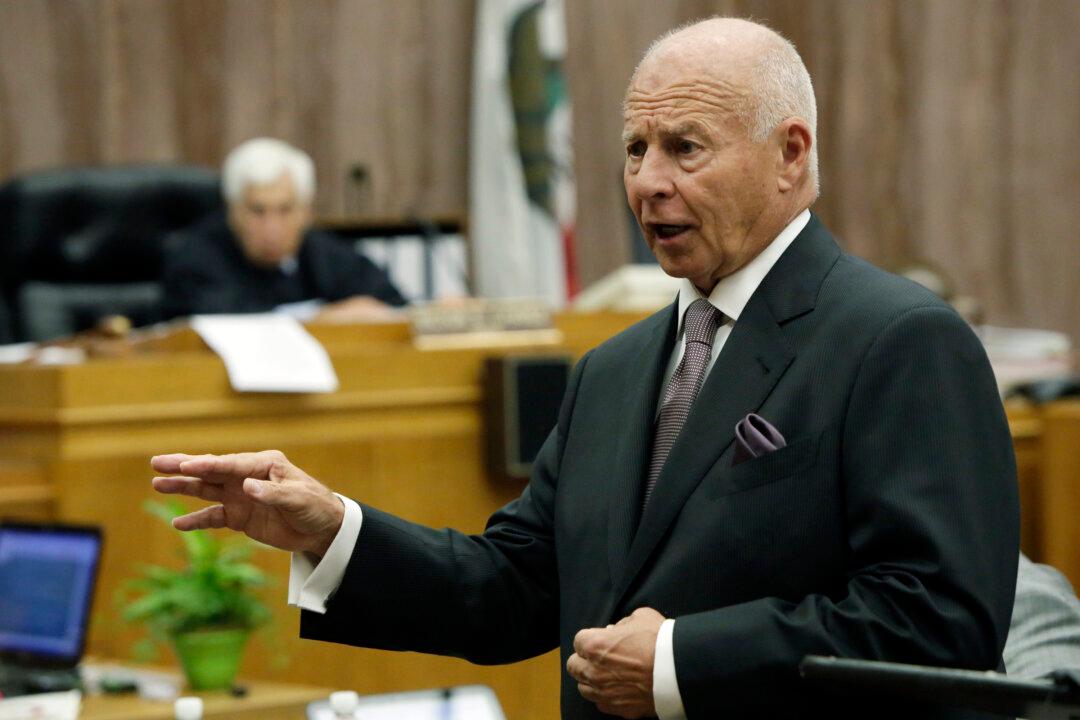NASA has warned that China could be disguising secret military operations as civilian programs in an attempt to take over parts of the moon.
“We believe that a lot of their so-called civilian space program is a military program,” the space agency’s administrator Bill Nelson said. “And I think, in effect, we are in a race.”
“China has made extraordinary strides, especially in the last 10 years. But they are very, very secretive.”
Concerns over China’s future dominance on the moon have been rising, particularly since the Chinese communist regime has been acting as a bully on the international stage in several instances, like when it has acted on claims of sovereignty over several Asian regions, including the Spratly Islands, an archipelago in the South China Sea to which several nations have historic claims due to its large amount of natural resources.
In addition to this, the Chinese Communist Party (CCP) has repeatedly claimed that because Taiwan is part of China, it should come under its rule. Since the communists took over the mainland in 1949, Taiwan has been a self-rule island in the South China Sea with a competing model of governance.
“My concern would be if China got there first and suddenly said: ‘Okay, this is our territory, you stay out,’” Mr. Nelson said.
He went on to say that he hoped Beijing would “come to its senses and understand that civilian space is for peaceful uses,” although he added that China has previously not taken such a position.
“Obviously, you don’t want to interfere with each other, but don’t go in and declare that this whole territory is suddenly yours. I think it’s incumbent on us to get there first and utilize our research for peaceful purposes,” he said.
The United States is aiming at another manned moon landing in 2026 with its Artemis 3 mission, while China said it’s hopeful to complete a manned lunar mission by 2030, with plans to establish a permanent lunar base.
“Their latest date that they have said that they’re going to land is 2030, but that keeps moving up,” Mr. Nelson said. Meanwhile, some delays encountered in the Artemis mission could push the target date further into the future.
The original “space race” during the cold war saw Russia and the United States battle for being the first nation to put humans on the moon, which concluded in a U.S. victory when Neil Armstrong stepped on the lunar surface in 1969.

The United States upcoming mission is primarily centered around the lunar south pole, which could potentially be harboring ice—an essential component for executing future missions into space as the water could potentially serve to produce fuel and oxygen. Other countries have also shown an interest in the area.
Unmanned missions to the lunar surface have been successfully conducted by both India and the United States, as well as China, which deployed a lunar rover during its Chang’e 3 mission. China’s Chang’e 5 mission in 2020 returned samples from the lunar surface.
The CCP has partnered with Russia to work on the establishment of a future lunar base on the moon’s south pole—largely seen as a rival to NASA’s Artemis project.
“[S]pace is now required for basic military effectiveness,” he said. “Without it, it’s not that our forces are better, it’s that they are essentially impotent.
“This is now a great power competition,” Mr. Bruno said of the space race on which the CCP has a two decade head start. “With this capability and technology they have taken from us, they have gone from a few dozen spacecraft in orbit to nearly 700 here in just in a span of a few years.”
On a positive note, the rocket scientist said that the United States still has opportunities to counter the CCP’s ambitions in space.
“While vast, their infrastructure in inefficient, it is expensive, and it is brittle with respect to prolonged economic stress, and a curtailment or cessation of western investment—which by the way is almost half a trillion dollars a year into China’s economy—could cripple that capability that they have now.
“So that is an opportunity we have through our economy, our allies, and our whole-of-government approach.”






